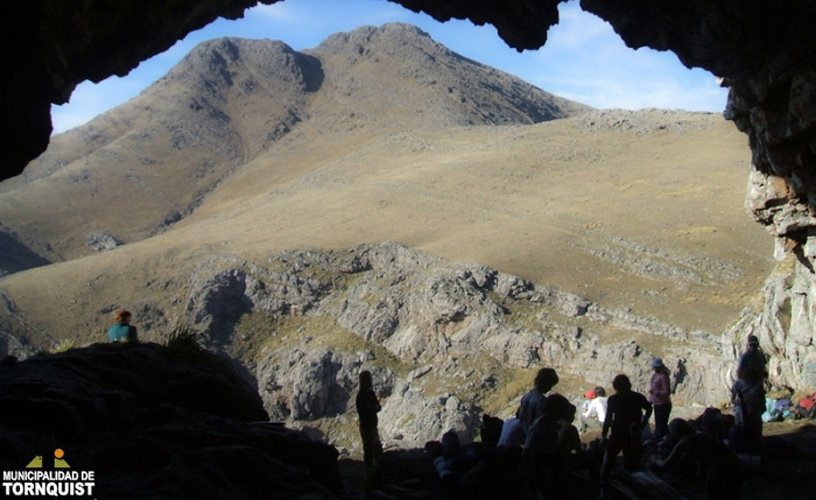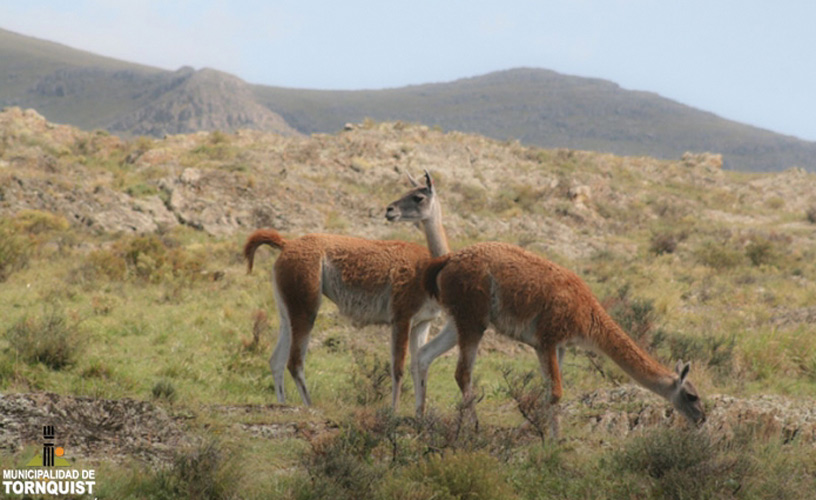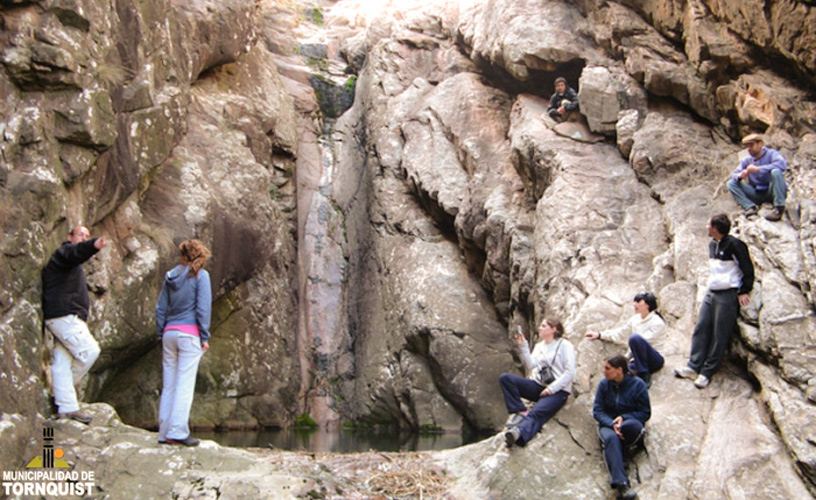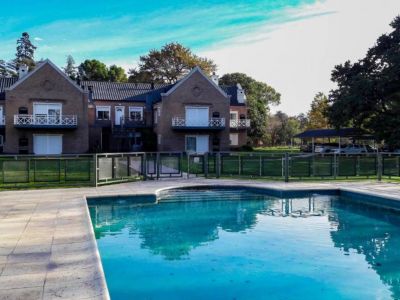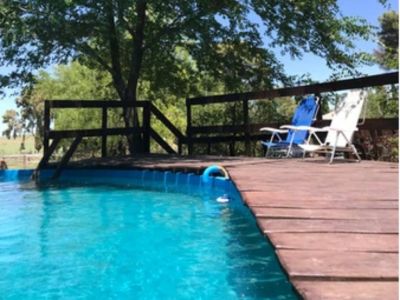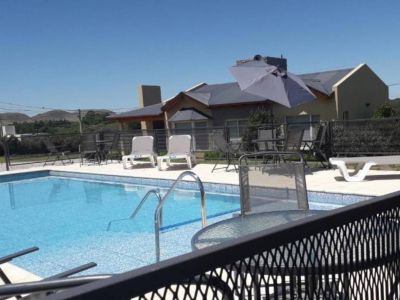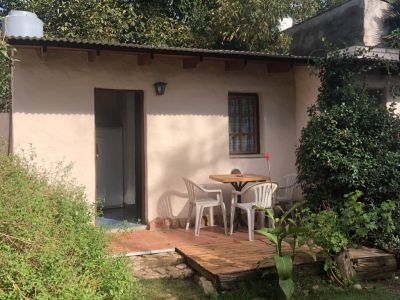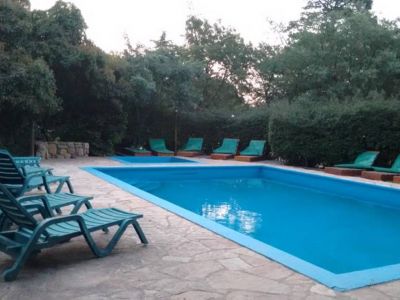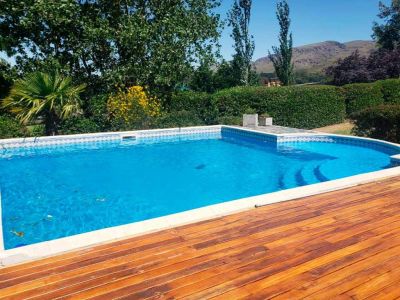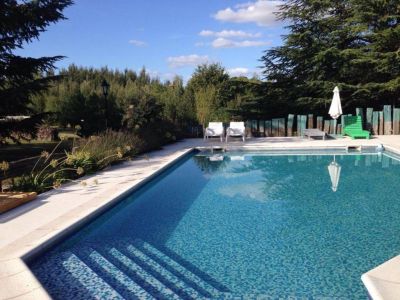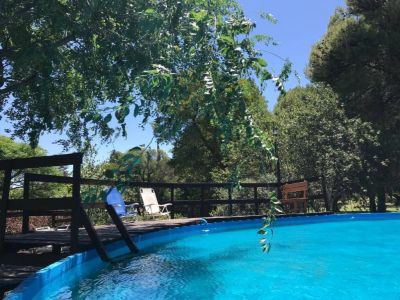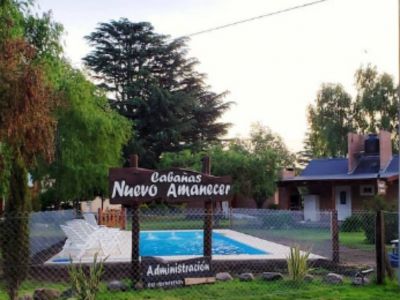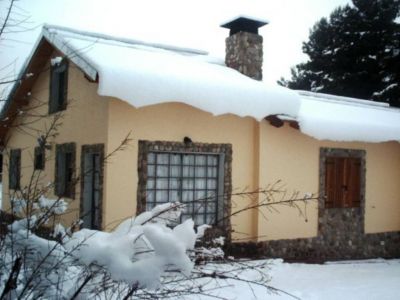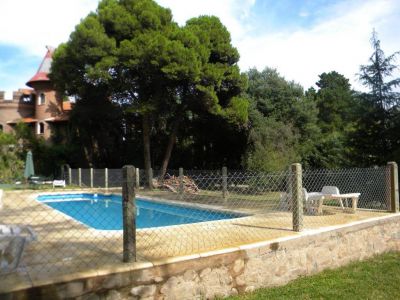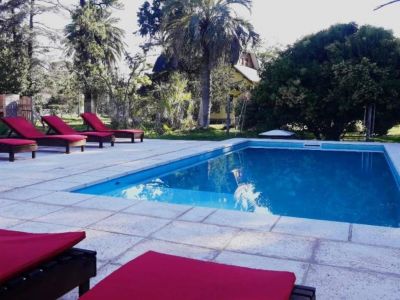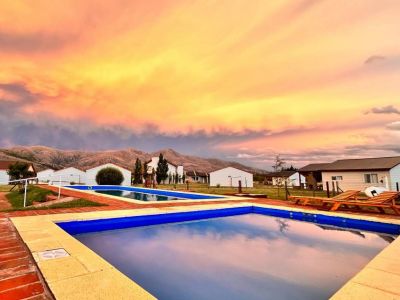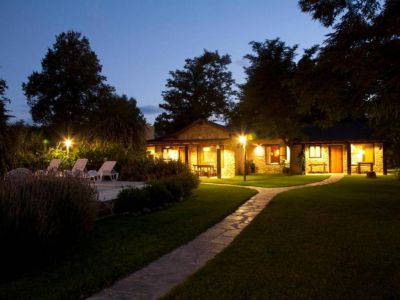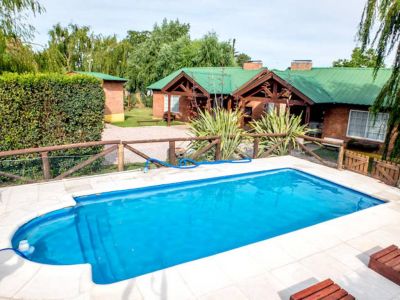Origin of the Natural Reserve
Ernesto Tornquist Provincial Park was opened in May 11st, 1937, as a result of Martín Tornquist's idea of donating some of his lands to the Province of Buenos Aires so as to set up a natural reserve. Inside the park, there is the famous Mount Ventana (1,134 m.a.s.l.), which was declared Natural Monument in 1959.
The area protected by the park includes more than 6,000 hectares. Legally, this area, which belongs to the pampas pasture lands southeastern district, is ruled by Provincial Law 10,907 on natural habitat preservation.
Nevertheless, due to the great modification of the pampas pasture lands by man, many species have become extinct and many others are now endangered. The exotic species brought mainly from Europe (like horses, pine trees, cypresses, deer, wild boar and trout), beneficial in other ecosystems, should be treated carefully to avoid any damage to the native ecosystem.
Continuing with the educational program valid since the moment the reserve was set up, the Environmental Educational Program in force in the park raises awareness in thousands of students by means of plays and tours. They take basic lessons about the environment and different ways to achieve a better quality of life.
The Tornquist Park
Its Outstanding Inhabitants
More than two hundred bird species (among which the black-chested buzzard-eagle, the black-billed shrike-tyrant and the long-tailed meadowlarks stand out) and other typical animals like nine-banded armadillos, guinea pigs, fox, shunks, cougars, alligators and guanacos find food and shelter in the reserve.
There are hundreds of plant species which embellish the landscape, such as cacti, ferns, lichens, moss, tillandsia plants, and a wide variety of pastures, bushes, trees and orchids.
Most of these plant roots become fixed to the soil and form a kind of sponge to absorb the rain. Thus, they form rivers and streams carrying fresh water used for different purposes.
Given that the mountains are isolated and the light and quality of the soil vary according to height, angle and orientation of the slopes, plants like plantain or animals like the so-called “copper iguana” live and evolve only in this environment.
Ancient Past
Ancient memories from the period when the region was covered by the sea, many of the rocks which form the mountains today are sediments from the continents that were accumulated in the bottom of the sea throughout millions of years and cemented to one another by pressure.
These rocks are from 280 to 500 million years old and their folds show the strength that raised this mountain range about 260 million years ago.
In the reserve, there are paintings and objects left by the natives over 1,500 years ago. Guided day or night tours show cave paintings at the base of Mount Bahía Blanca.
At the foot of Mount Bahía Blanca, it is possible to take any of two self-guided paths. One of them is called Mount Bahía Blanca and takes two hours of moderate climbing to the summit, standing 739 m.a.s.l. It offers the best panoramic view.
The other path, called “Light and Dark”, is a one-hour hiking circuit requiring hardly any effort and lets visitors observe and compare the different environments as they walk along.
The other tours start at the base of Mount Ventana. But that is another tour described in another article which will let the reader know how to get to the famous window-like hole after which the whole mountain area has been named.
Pablo Etchevers
Gentileza Tornquist.gob.ar
Contact of the excursion or tour
Tornquist Provincial Park
Ruta N° 76- Km 225, Sierra de la Ventana, Buenos Aires, Agentina
Phone: +54 291-4910039
